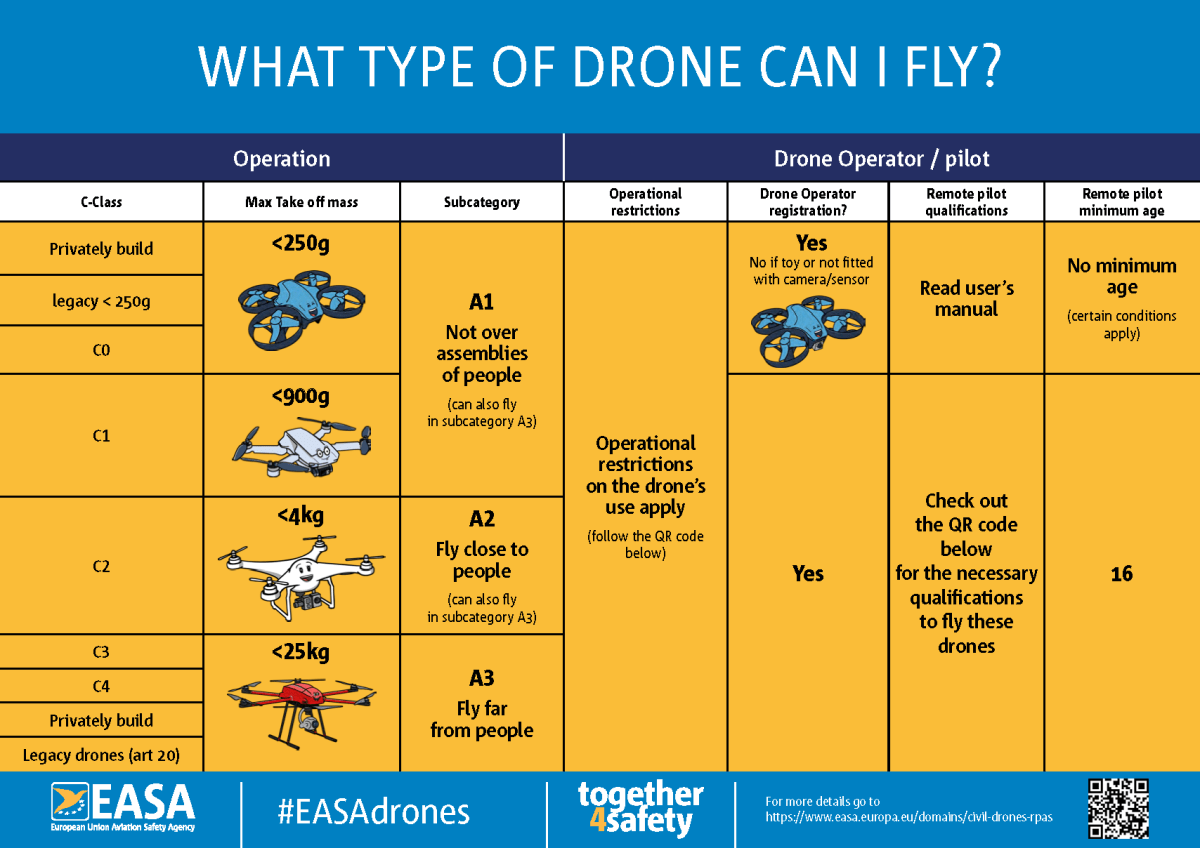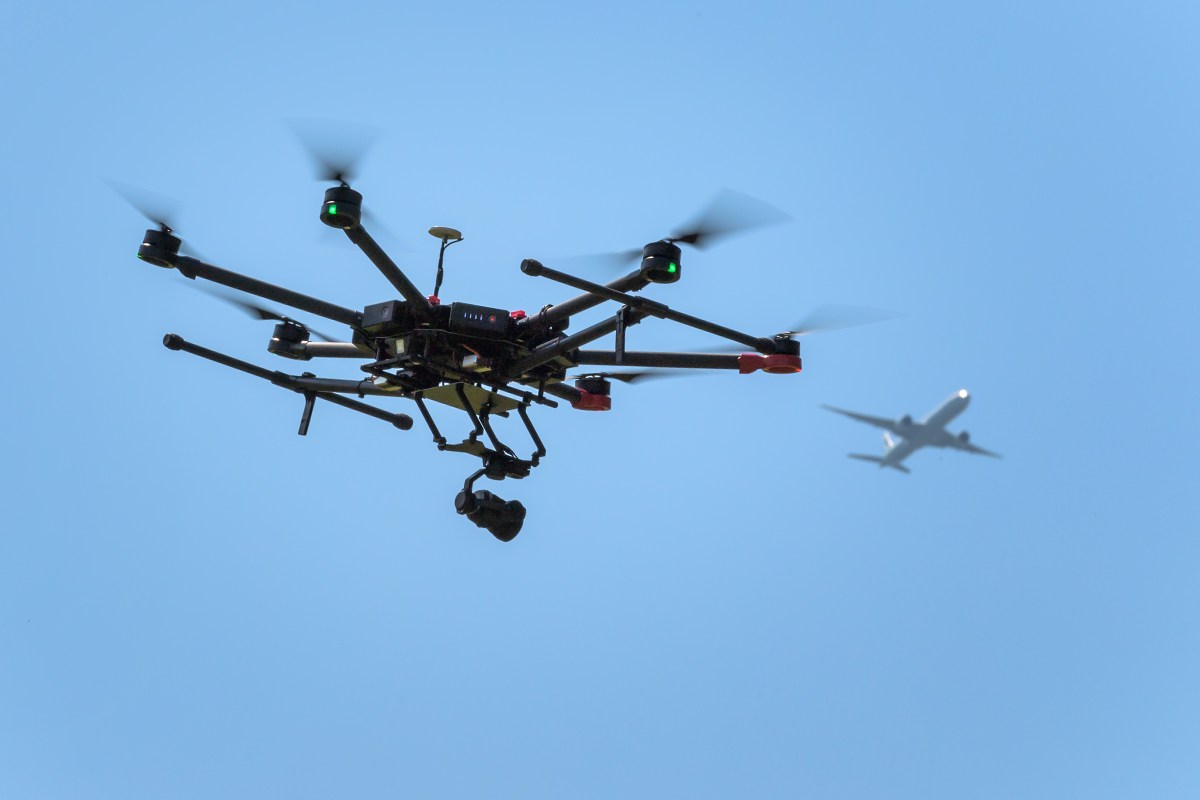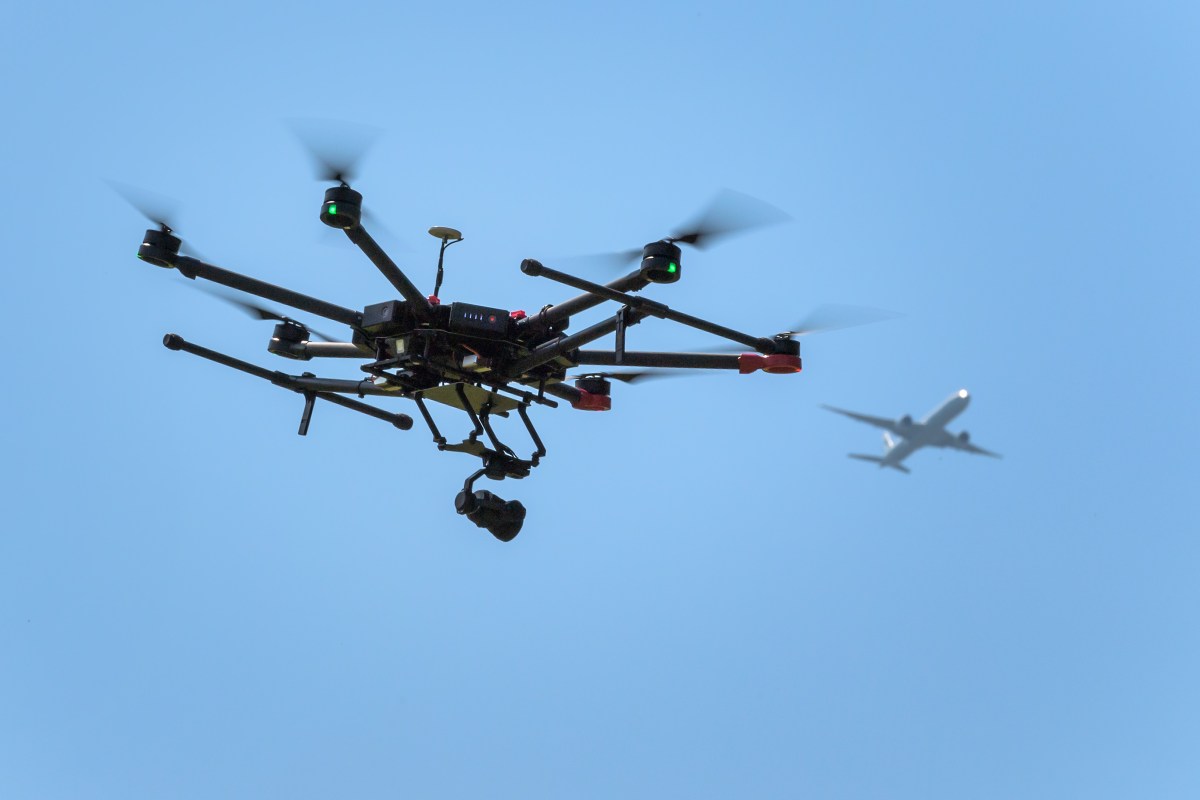New drone laws Canada are changing the game for recreational and commercial drone pilots alike. These updated regulations aim to improve safety, protect privacy, and manage the rapidly expanding drone industry. Understanding these new rules is crucial, whether you’re a seasoned pro or just starting out. This guide breaks down the key changes, requirements, and implications, helping you navigate the new landscape of Canadian drone flight.
From registration and licensing to operational restrictions and privacy concerns, we’ll cover everything you need to know to fly legally and responsibly. We’ll also explore potential penalties for non-compliance and look ahead to future developments in Canadian drone legislation. Get ready to take flight—safely and legally.
New Drone Regulations in Canada: A Comprehensive Guide: New Drone Laws Canada
Canada’s drone regulations are constantly evolving to keep pace with technological advancements and safety concerns. This guide provides a clear overview of the current rules, focusing on registration, operational restrictions, privacy, and penalties for non-compliance. Understanding these regulations is crucial for responsible and legal drone operation in Canada.
Overview of New Drone Regulations in Canada
Recent changes to Canadian drone laws aim to improve safety, protect privacy, and manage the increasing use of drones across the country. These changes primarily focus on clearer definitions of drone categories, stricter licensing requirements for commercial use, and enhanced enforcement mechanisms. Transport Canada and the Canadian Aviation Regulations (CARs) are the primary governing bodies responsible for enforcing these regulations.
| Regulation Area | Old Rules | New Rules | Impact |
|---|---|---|---|
| Drone Registration | Optional for most users | Mandatory for most drones over a certain weight | Increased accountability and traceability of drone operators. |
| Pilot Licensing | Basic knowledge test recommended | More stringent licensing requirements for commercial operations, including advanced flight tests and safety training. | Improved safety standards for commercial drone operations. |
| Operational Restrictions | Generally vague guidelines | Clearer definitions of restricted airspace and operational limitations. | Reduced risk of accidents and improved public safety. |
| Privacy | Limited specific regulations | Increased emphasis on privacy considerations and data protection. | Enhanced protection of individual privacy rights. |
Drone Registration and Licensing Requirements

Registering your drone in Canada is now mandatory for most drones exceeding a specific weight. The process involves creating an online account with Transport Canada and providing information about your drone and yourself. Different licenses are required depending on the purpose of drone operation; recreational users typically need less stringent licensing than commercial operators. Obtaining a license usually involves passing a knowledge test and, in some cases, a flight test.
- Create an online account with Transport Canada.
- Provide drone and personal information.
- Complete the necessary knowledge test(s).
- For commercial use, complete additional flight tests and safety training.
- Receive your registration and/or license.
Operating a drone without proper registration or licensing can result in significant fines and legal repercussions.
Operational Restrictions and Safety Guidelines, New drone laws canada
Several areas are designated as restricted airspace in Canada, including airports, military bases, and national parks. Operating a drone near these areas is strictly prohibited without prior authorization. Additional restrictions apply to flying over populated areas and critical infrastructure to prevent accidents and ensure public safety. Maintaining visual line of sight with your drone at all times is crucial, as is respecting the privacy of others.
Visual Representation of Flight Zones:
Imagine a map. A large, central area represents “Safe Flight Zones,” where drone operation is generally permitted, provided all regulations are followed. Smaller, clearly marked areas within this zone might represent additional restrictions, such as “No Fly Zones near Airports” or “Restricted Areas near Critical Infrastructure.” Outside the main “Safe Flight Zones” is a clearly defined “Restricted Airspace” encompassing airports, military bases, and other sensitive locations.
Flying within this outer zone is generally prohibited without specific authorization.
Privacy Concerns and Data Protection
Using drones to collect personal data raises significant privacy concerns. Canadian law requires drone operators to respect individual privacy rights and avoid collecting data without consent. Surveillance using drones is subject to strict regulations, and operators must comply with relevant privacy legislation. Drone operators should implement measures to protect personal data, such as anonymization and secure data storage.
Canadian drone privacy laws are similar to other countries in emphasizing informed consent and data minimization, but specific regulations vary. Many jurisdictions have specific laws addressing drone surveillance and data collection, often mirroring existing privacy legislation for other technologies.
Penalties for Non-Compliance
Violating Canadian drone laws can result in substantial fines, license suspension or revocation, and even criminal charges in serious cases. The severity of the penalty depends on the nature and extent of the violation. For example, minor infractions might result in warnings or smaller fines, while serious incidents, such as endangering public safety, could lead to significant penalties and legal action.
Appealing a penalty typically involves following a formal process Artikeld by Transport Canada.
- Fines
- License suspension or revocation
- Criminal charges (in serious cases)
- Seizure of drone
Future Trends and Developments in Drone Legislation

The rapid advancement of drone technology and the increasing integration of drones into various sectors will likely lead to further refinements in Canadian drone laws. The increasing use of autonomous drones and AI-powered flight systems will require updated regulations to address safety and security concerns. The integration of drone technology into other sectors like delivery and infrastructure inspection will also influence the evolution of drone legislation.
Anticipated Changes (5-10 Year Timeline):
- 2024-2026: Increased focus on Beyond Visual Line of Sight (BVLOS) operations and associated safety protocols.
- 2027-2029: More detailed regulations regarding drone data security and privacy, potentially including data anonymization requirements.
- 2030-2035: Integration of drone traffic management systems and regulations to address increasing drone density in airspace.
Last Word
Flying drones in Canada is becoming increasingly regulated, but with careful planning and adherence to these new laws, you can enjoy the benefits of this exciting technology responsibly. Remember, staying informed about updates and best practices is key to avoiding penalties and ensuring safe operations. So, review the FAQs, brush up on the rules, and take to the skies with confidence!
Questions Often Asked
What is the penalty for flying a drone without registration?
Penalties vary depending on the infraction but can include fines and potential legal action.
Where can I find a map of restricted airspace?
Transport Canada’s website provides resources and tools to help identify restricted airspace.
Do I need a license to fly a drone for recreational purposes?
Depending on the drone’s weight and intended use, a license may or may not be required. Check Transport Canada’s guidelines.
How do I appeal a drone-related penalty?
The appeal process is Artikeld on Transport Canada’s website and typically involves submitting a formal request within a specific timeframe.
What constitutes a “safe distance” from people when flying a drone?
Maintaining a safe distance involves considering factors such as the drone’s weight and the surrounding environment; always prioritize safety and avoid flying over crowds.
